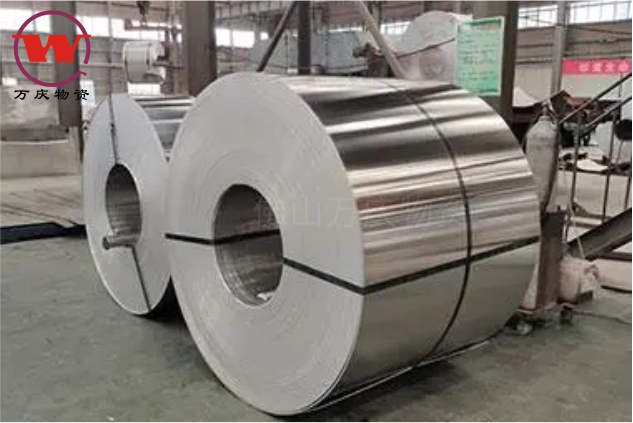“不锈钢”一词不仅仅是单纯指一种不锈钢,而是表示一百多种工业不锈钢,所开发的每种不锈钢都在其特定的应用领域具有良好的性能。成功的关键首先是要弄清用途,然后再确定正确的钢种。和建筑构造应用领域有关的钢种通常只有六种。它们都含有17~22%的铬,较好的钢种还含有镍。添加钼可进一步改善大气腐蚀性,特别是耐含氯化物大气的腐蚀。 The term "stainless steel" not only refers to a kind of stainless steel, but also to more than 100 kinds of industrial stainless steel, each type of the stainless steel developed has good performance in its specific application field. The key to success is first to understand the purpose, and then to determine the right steel type. There are usually only six kinds of steel related to the application field of architectural construction. They all contain 17 to 22% chromium, and the better steel species also contains nickel. The addition of molybdenum can further improve the atmospheric corrosion resistance, especially the corrosion resistance of the chloride-containing atmosphere. 原料 raw material 不锈钢金属是镍、铁矿石、铬、硅、钼等原料熔在一起形成的。不锈钢金属含有多种基本化学元素,当它们融合在一起时,会形成一种强大的合金。 Stainless steel metal is nickel, iron ore, chromium, silicon, molybdenum and other raw materials fused together. Stainless steel metals contain a variety of basic chemical elements that, when fused together, form a powerful alloy. 不同比例的不锈钢元素——铁、镍、铬、钼和碳(以及其他)——决定了不锈钢的类型。铁与其他材料的比例会影响保护氧化层的强度、金属对特定腐蚀物的抵抗力以及其他一些机械性能(硬度、熔点、剪切模量等)。 Different proportions of stainless steel elements —— iron, nickel, chromium, molybdenum and carbon (and other) —— determine the type of stainless steel. The ratio of iron to other materials can affect the strength of the protective oxide layer, the resistance of the metal to specific corrosion materials, and some other mechanical properties (hardness, melting point, shear modulus, etc.). 这些不同比例的不锈钢成分产生不同类型的不锈钢合金。每个独特的组合称为不锈钢的“等级”——例如 304 级不锈钢、316 级不锈钢或 420 级不锈钢。 These different proportions of stainless steel components produce different types of stainless steel alloys. Each unique combination is called a "grade" of stainless steel —— such as 304 stainless steel, 316 stainless steel or 420 stainless steel.
钢厂直发304不锈钢

| 






 粤ICP备19012422号
粤ICP备19012422号